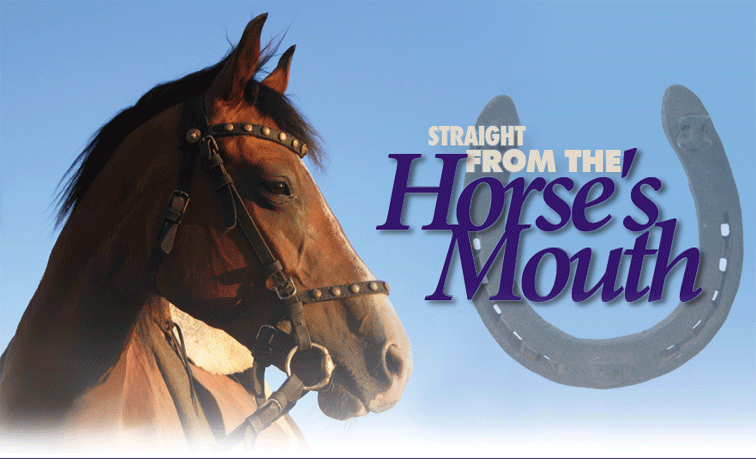Equines communicate through various physical and behavioral signs. From the position of the ears to nervous nibbling and gait are all signals that indicate their emotions or physical well being. Your horse is always trying to tell you something. Are you ready to hear what your horse has to say? There is new technology available that can let you know the specific details of your horse’s health. Using motion sensor technology and pressure sensors, signals are collected and analyzed and then sent to either a computer or mobile device, hence, enabling you to “hear” what your horse is communicating.
There are many physical signs that indicate when a horse has lameness, and while oftentimes the precursor to these signs is missed, new technologies offer a solution. Professor of equine surgery with the College of Veterinary Medicine at the University of Missouri, Kevin Keegan, has developed the Lameness Locator using motion detection. Small sensors are placed on key points of the horse’s body, such as the head, front limbs, and croup, that will collect data while the horse is moving. This data is sent to a computer or mobile device while compared to a healthy and lame horse’s data. Through these analyses, the system is able to detect whether the horse is lame. Therefore, Lameness Locator enables the veterinarian or owner to detect lameness possibly earlier than traditional eye-test methods.
Another medium of horse technology is the innovative non-invasive pressure sensors that are placed on the horse’s shoe and are virtually undetectable. Horse Sense Shoes, LLC (HSS), developed these sensors that are comparable to the size of a dime and placed by their certified farrier. The data collected can be sent to your mobile device or Web page. The sensors can measure weight and patterns in the horse’s movement, which when compared to algorithms, can indicate laminitis, lameness, or other joint problems. HSS offers two levels of the sensors, PS1 and PS3: the former is a single sensor and the latter is a three-point sensor system that is installed in the horse’s shoe. They also offer the E-Patch, which monitors vital signs and behavioral patterns, including pulse and respiration rate, orientation stance and temperature.
The ability to have access to the state and well being of your horse 24/7 is a blessing to be sure. These tools can be beneficial for the athlete horse, the workhorse, or the leisure horse. Though certainly these new devices and available technologies have put your equine’s health status within your fingertips, they do not take the place of your veterinarian. This new technology is a tool that should further aid the communication between owner, veterinarian, and equine synergistically.
CREDIT
story by J.P. SMITH
Sources:

